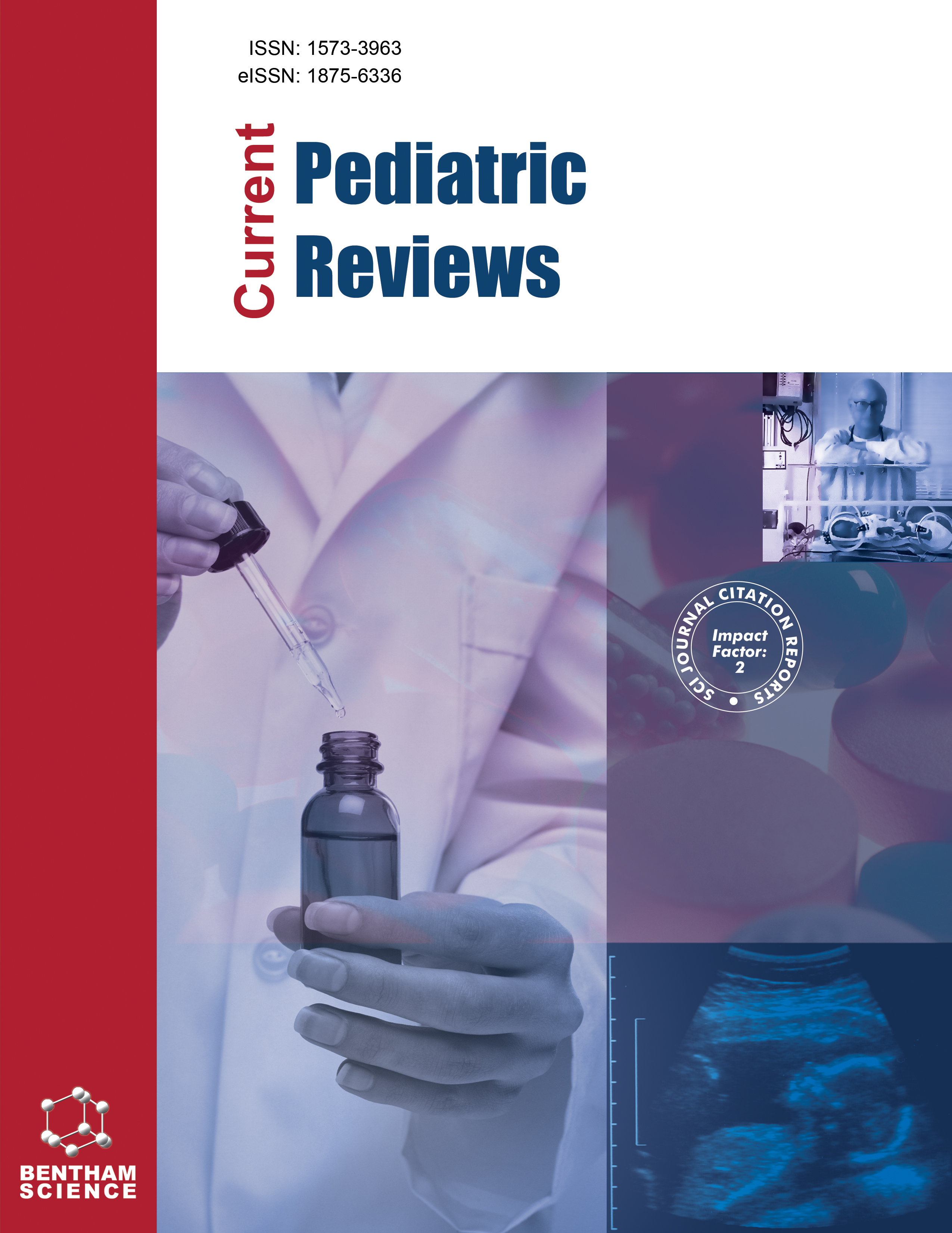-
oa Conjunctival Icterus – An Important but Neglected Sign of Clinically Relevant Hyperbilirubinemia in Jaundiced Neonates
- Source: Current Pediatric Reviews, Volume 13, Issue 3, Aug 2017, p. 169 - 175
-
- 01 Aug 2017
Abstract
Background: Conjunctival icterus is a largely neglected physical sign that may be helpful in identifying neonates with clinically relevant hyperbilirubinemia by practitioners in the hospital and outpatient clinic or parents at home. Objective: A recent NICU based study reported that conjunctival icterus is often a sign of significant (TSB ≥ 17 mg/dl) hyperbilirubinemia and TSB levels ≥ 76th-95th percentile on the Bhutani nomogram. In contrast, others report that conjunctival icterus, although frequently present at high TSB levels, may also be detected at lower TSB concentrations; suggesting instead that its absence may help to rule out significant hyperbilirubinemia. Result and Conclusion: The current review details the nature of conjunctival icterus and presents new data on its clinical occurrence in relation to TSB levels that re-affirm its correlation with elevated TSB concentrations and use to trigger TSB measurement in the jaundiced neonate.


